Multiplication! For some children, memorizing facts and recognizing number patterns is a fun puzzle and enjoyable mental challenge. For others, it’s a complicated chore. We are here to help with tips and a free multiplication chart printable!
Introducing your child to a multiplication chart
Whether children love or hate multiplication, they cannot avoid it. Multiplication is a skill they will use almost daily throughout their lives. Children can begin to master this skill starting in our Simply Good and Beautiful Math 3 course.
Download a blank multiplication chart as well as the other multiplication charts discussed in this blog below!

Let’s look at ways a multiplication chart simplifies the process of understanding and learning math facts.
Multiplication memorization is best “one bite at a time.”
Most children in kindergarten through second grade learn how to count by 1s, 2s, 5s, and 10s (either by skip counting even numbers aloud [2, 4, 6, 8, etc.] or by counting pennies, nickels, and dimes). So this is a good place to start!

Begin with a 10 × 10 multiplication chart to 100.
Have your child point to and say the numbers across the top row and down the left column. He or she should easily notice that both the row and column are counting by 1s.
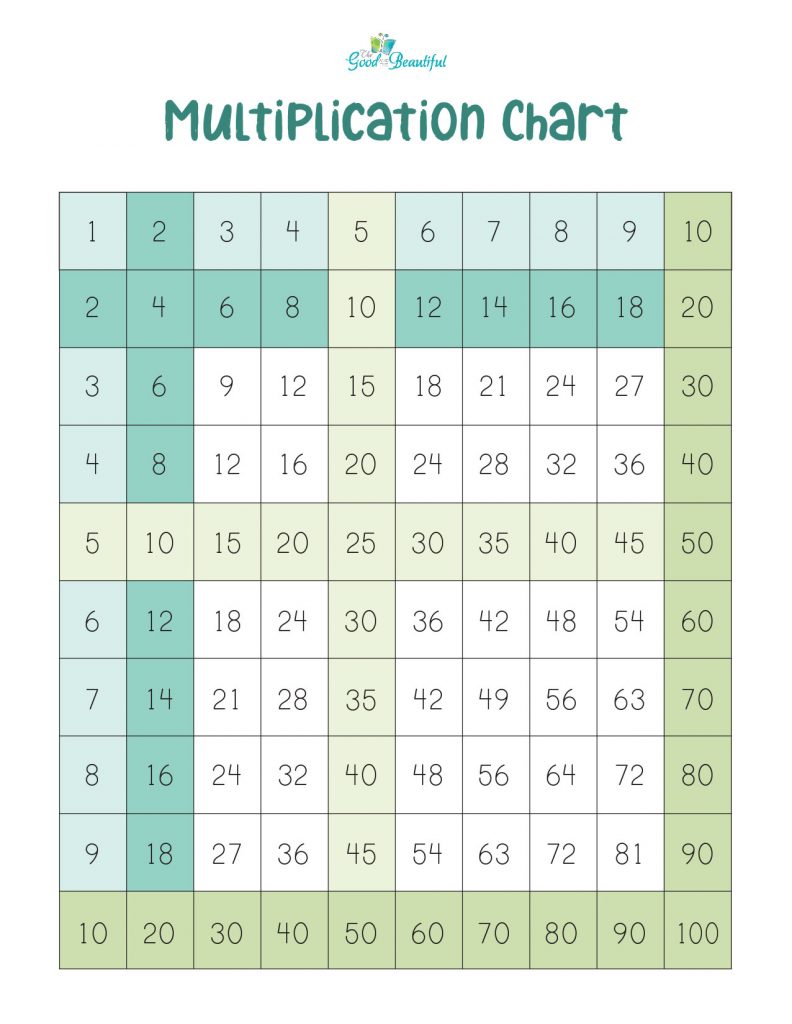
Now, have them find the number 10 in the left column. Help your child point to and say the numbers across the row. Next, point to the number 10 in the top row and then point to and say the numbers going down that column.
Repeat these steps to introduce your child to the 5s, followed by the 2s.
Finally, use our free blank multiplication chart. Highlight the same rows and columns as reviewed above. Have the child fill in these rows and columns several times until he or she can fill them in with ease.
Math Tip: Place the blank multiplication chart in a dry-erase sleeve and write with a dry-erase marker to use the chart over and over.

Use a multiplication chart to practice skip counting.
Once your child has mastered 1s, 2s, 5s, and 10s, he or she is ready to focus on any of the other rows or columns. If your child is just learning skip counting, focus on the number being learned.
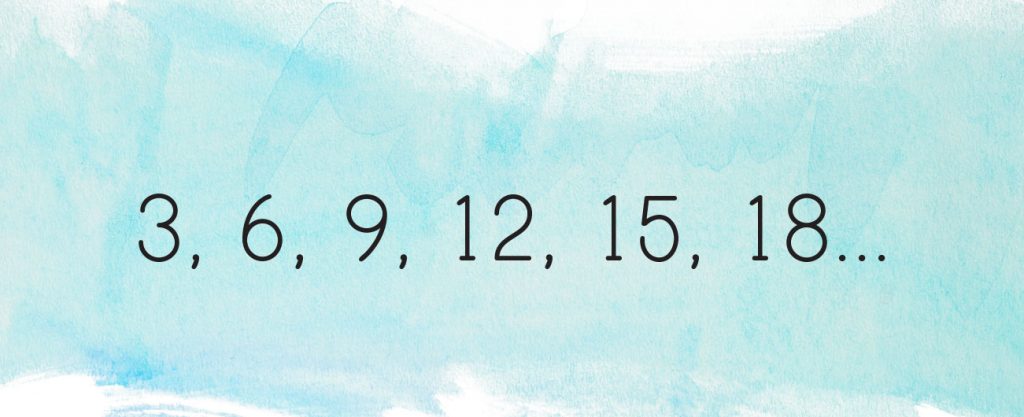
If he or she has already learned skip counting, review the patterns based on the child’s personal level of mastery, from easiest to hardest. The easier rows and columns will need less reviewing.
Find specific math facts on a multiplication chart.
Factors can be switched in multiplication equations and produce the same product. For example, 3×5 and 5×3 both have a product of 15. Help your child locate 3×5. Point to the 3 in the left column with your left hand and the 5 in the top row with your right hand. This is called the commutative property and used in pre-algebra and algebra, so understanding this concept early is beneficial.
Follow the row and column until your fingers meet at 15. Now, switch the factors and find the 5 in the left column and the 3 in the top row. Pull your fingers down and across again until they meet at 15.

Master Multiplication Facts with Musical Multiplication
Finally, learning multiplication facts doesn’t have to be hard. Musical Multiplication from The Good and the Beautiful includes 37 digital songs and 4 compact flip books filled with vibrant images. These fun multiplication songs make memorization a breeze!
There are many benefits of learning through music:
- Learn multiplication facts independently.
- Joyful learning is auditory, visual, and kinesthetic.
- Music ingrains math facts quickly and long term.
- Practice melody, pitch, beat, and rhythm.
Add Musical Multiplication to your child’s 3rd or 4th grade year.

Use a multiplication chart beyond skip counting.
Now that your child easily sees the skip-counting patterns on the chart, it is time to put it all together. Some children fill in their easiest rows and columns first, leaving the hardest rows and columns for last. Other children benefit from focusing on a smaller board, as shown below.
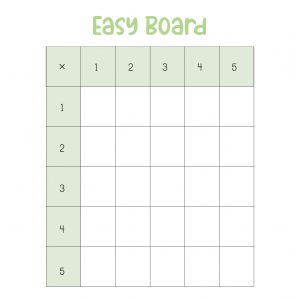
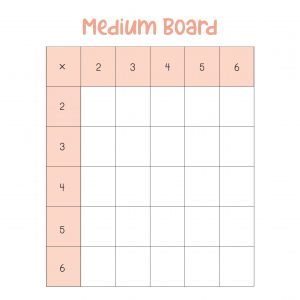
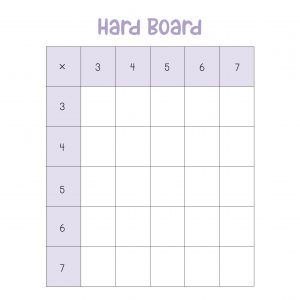
The smaller blank charts are available in our FREE multiplication charts printable. Print it and fill in the numbers you want to focus on.
Math Tip: Set a timer and challenge the child to “beat the time.” For some children, timers can be a great challenge. For others, a timer can cause anxiety. Only use a timer when the child finds it an exciting dynamic.

Multiplication Charts for Older Children
Find Doubles
Locating doubles on the chart is a helpful activity for seeing patterns. Point out the 2s, 4s, and 8s to see the similar patterns in these rows.
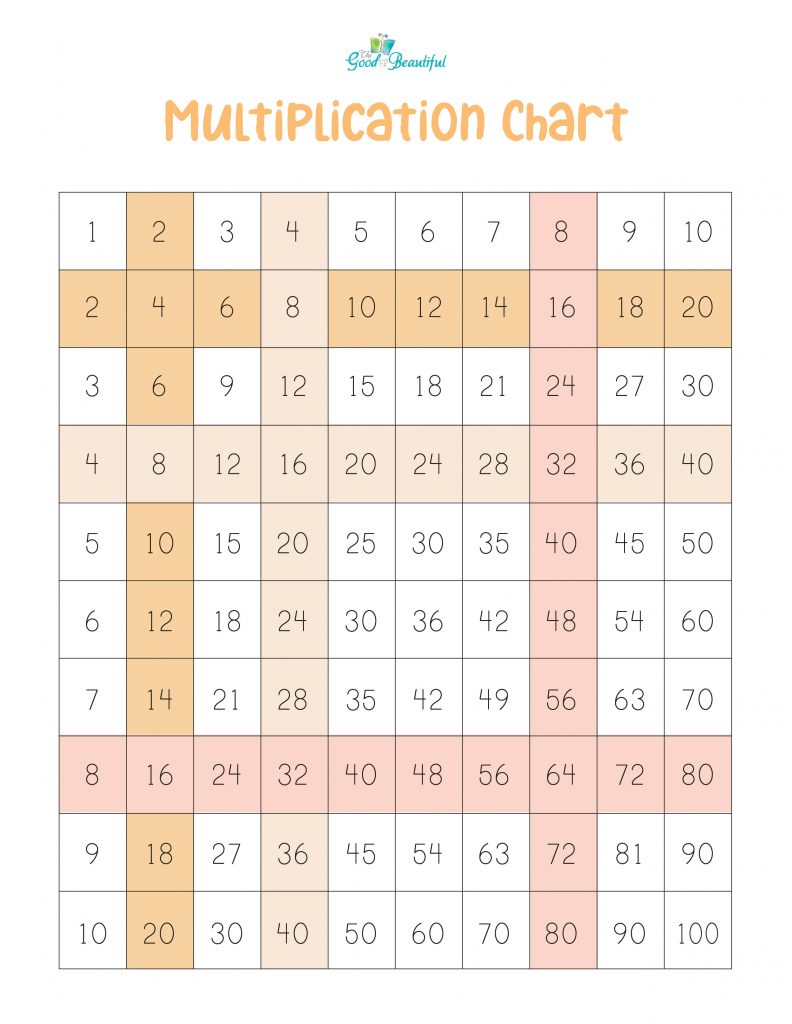
Find Patterns
The 3s, 6s, and 9s are also helpful for locating and seeing patterns.
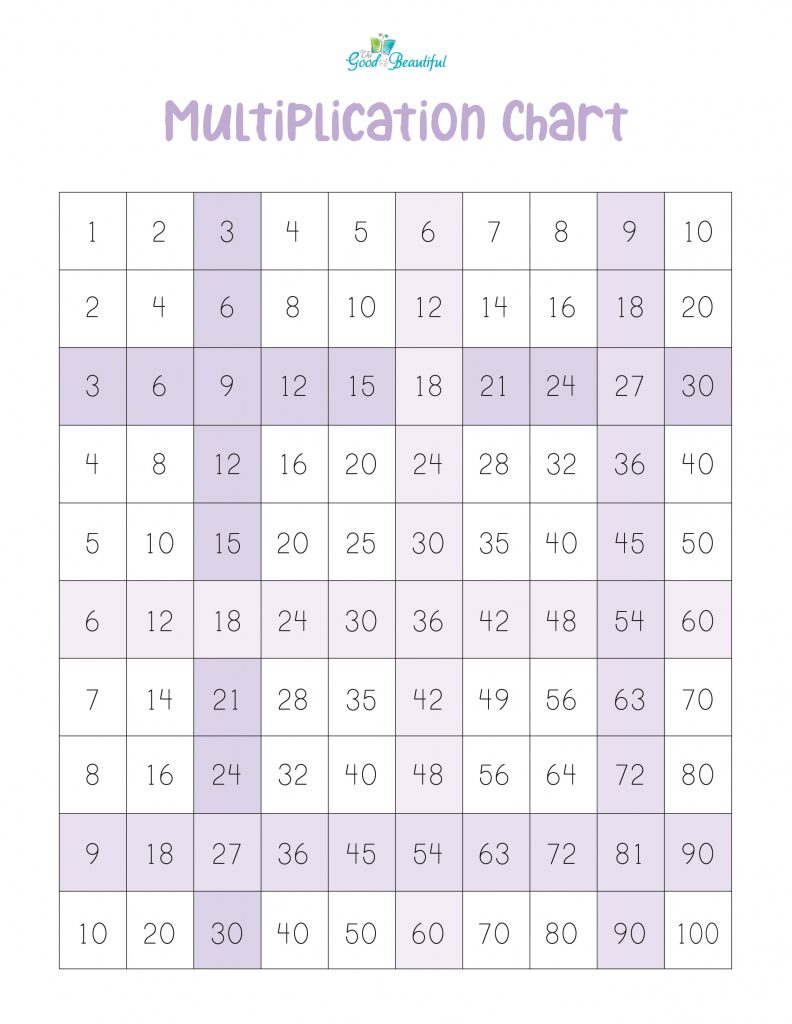
Square Numbers and Symmetry
A square number is a number multiplied by itself: 1×1, 2×2, 3×3, 4×4, and so on. Point out the factors starting at 1×1 with your finger and drag each finger down and across to meet at the product. Repeat this process for each of the square numbers until the entire diagonal line is filled in.
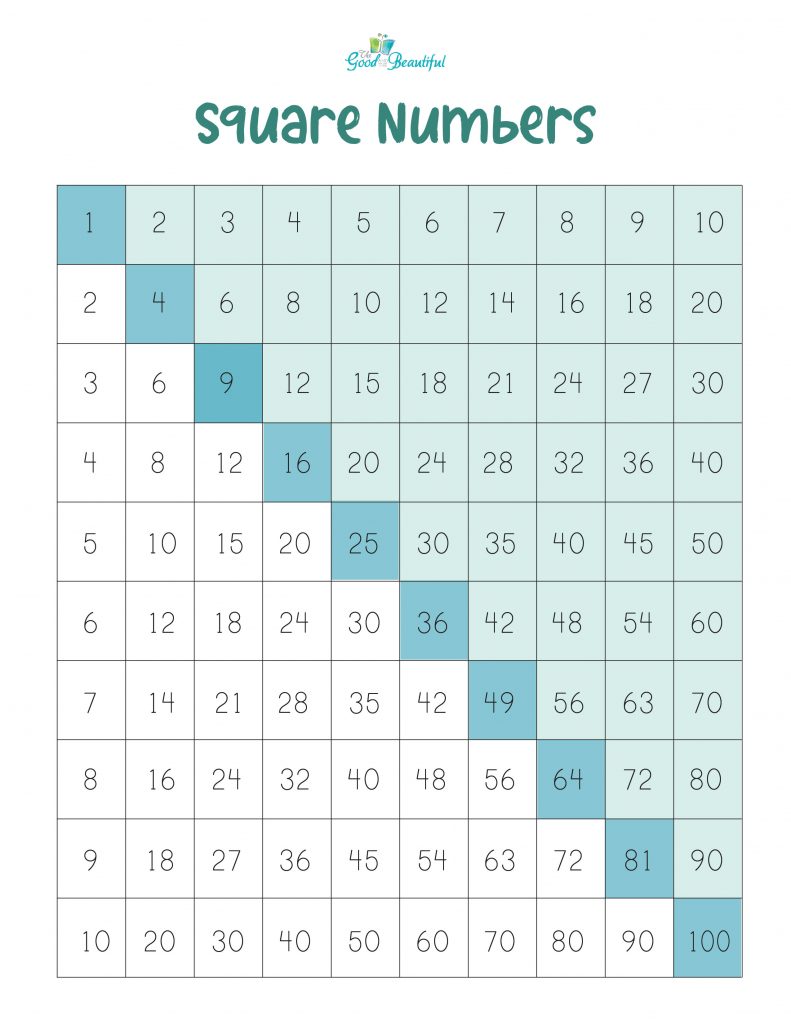
This diagonal line also acts as a line of symmetry. Point out to your child that each fact has a mirrored fact. For example, 6×5 is a reflection of 5×6. Understanding this concept helps a child see that there are half as many multiplication facts on the chart as he or she thinks there are.
Math Tip: Fill in some of the numbers on the chart and have the child fill in the missing numbers. This is another way to make the chart seem less overwhelming.

Equivalent Fractions
Has your child already mastered multiplication facts and moved ahead to fractions? Did you know a multiplication chart is also a helpful tool for studying equivalent fractions? Look at the chart below.
We highlighted rows 3 and 4. If you put a fraction bar under the 3, it is now the fraction ¾. Next, draw a fraction bar under each of the numbers in row 3 and read them as fractions: 6/8, 9/12, 12/16, 15/20, 18/24. Each of these fractions is equal to ¾.
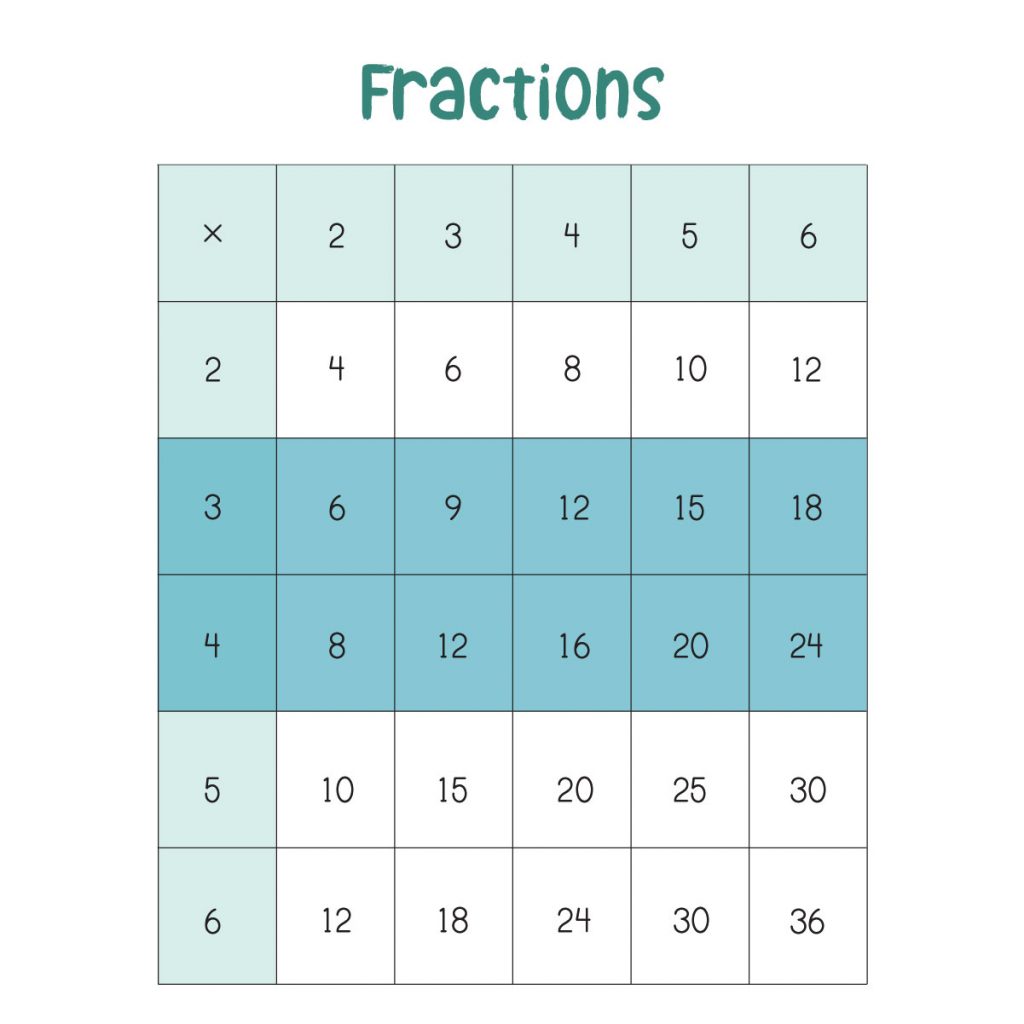
This works for any two rows on the chart! For example, try finding the equivalent fractions to 5/6. It also works for rows that are nonsequential. Try finding the equivalent fractions to 2/5. *See answers below.
Math Tip: A multiplication chart is also helpful for reducing fractions—just follow the numerator and denominator all the way to the left to simplify. For example, 4/6 reduces to 2/3.
Answers:
5/6: 10/12, 15/18, 20/24, 25/30, 30/36
2/5: 4/10, 6/15, 8/20, 10/25, 12/30
Whether your child is new to multiplication or needs new ways to see number patterns, a multiplication chart comes in handy!
Be sure to download these charts in our FREE multiplication charts printable below.

You may also like. . .

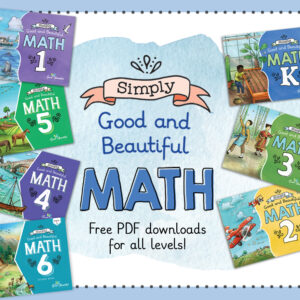
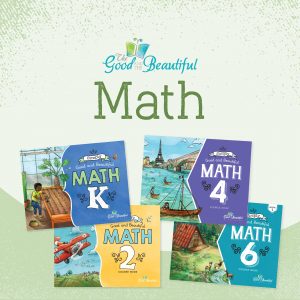
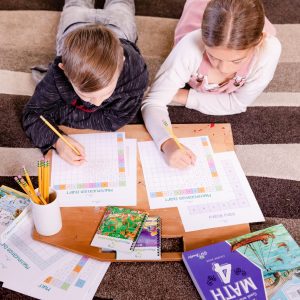
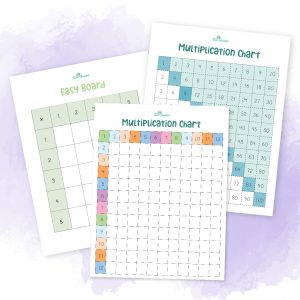

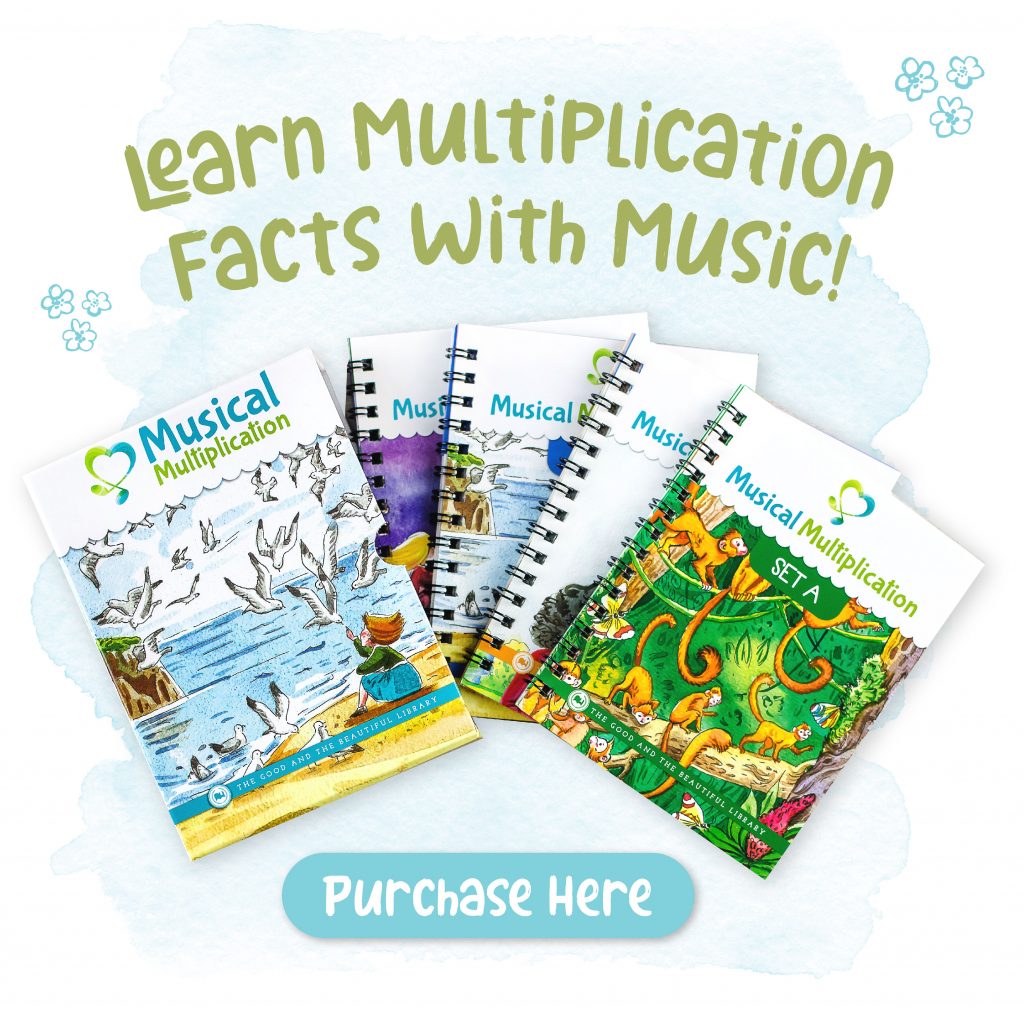

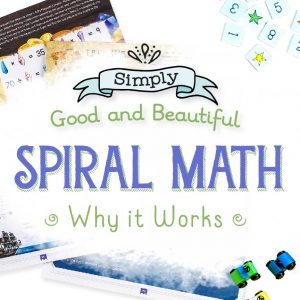
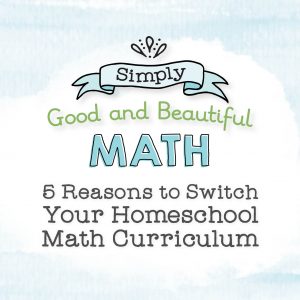
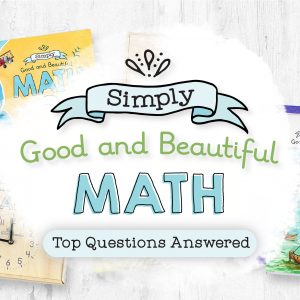

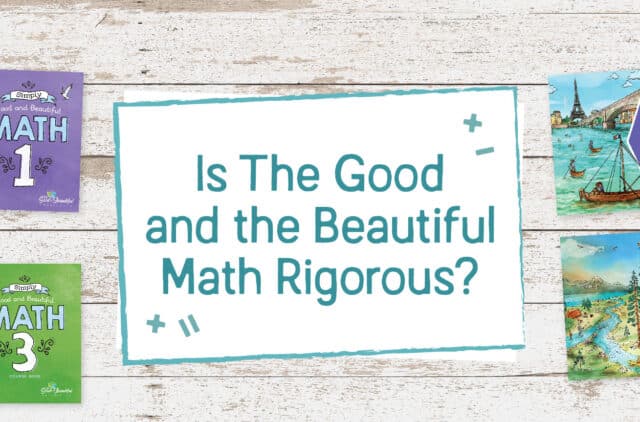
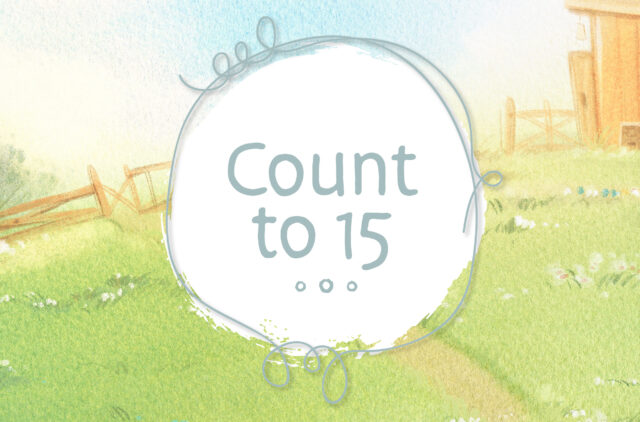

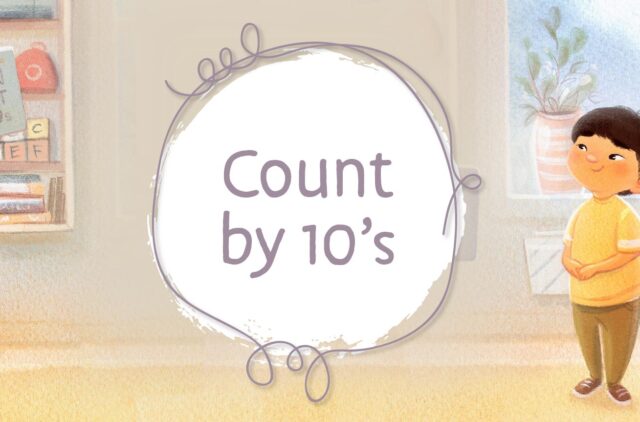
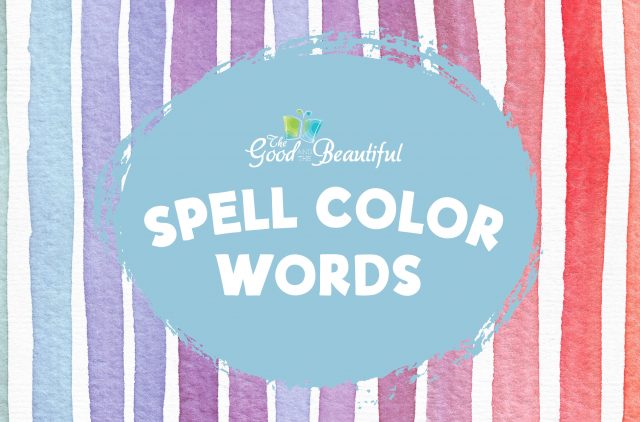

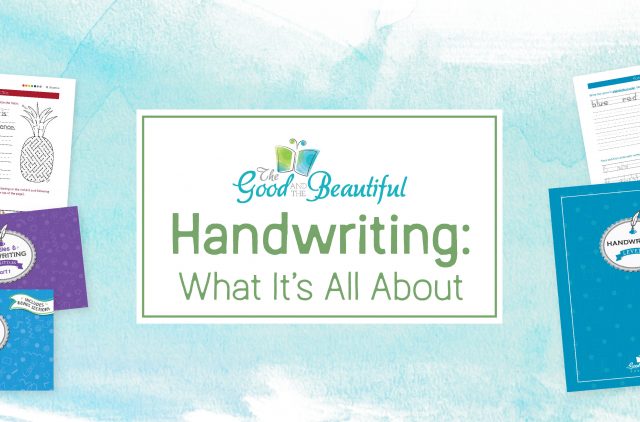
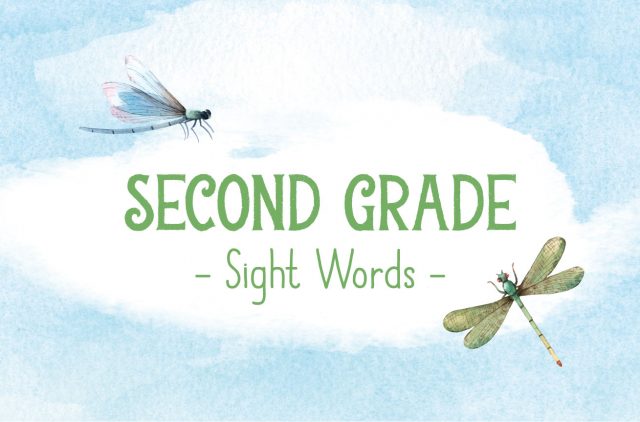
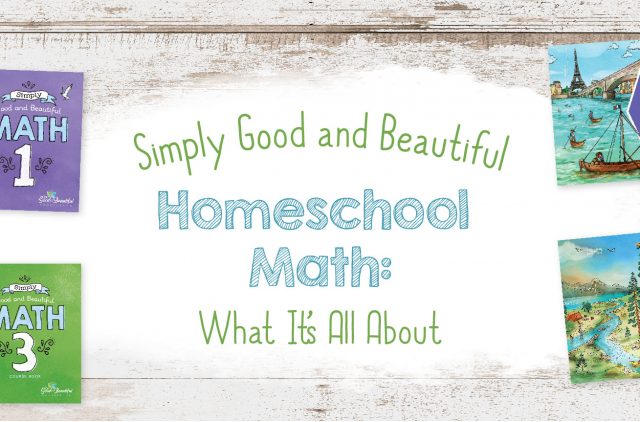
Comments
I’m definitely going to try this with my daughter
This is wonderful! Thank you for sharing!
I love these printables. We will be using these soon!
We absolutely LOVE the whole TGATB curriculum. We started with the Language Arts and Math three years ago and it has been a blessing in our journey. We also used some of the Science packets as well. I would like to know when the Math Level 7 will be released as our eldest is finishing with Level 6 at the end of this month.
Hi Nadine! We are so happy to hear that you are loving the curriculum, and we are honored to be along on your homeschool journey! Math 7 is scheduled to release in early 2024 with Math 8/pre-algebra to be released in the coming years after that.
We finished the PreK language pack, getting ready to start kindergarten prep. Also still working on the Kindergarten Math which is going really great surprisingly. I’m excited to challenge my 4 year old with these multiplication sheets!